Strumming Series – The Pick’s Angle

There is no one way to hold a guitar pick. Well I guess there would be if you played the same song over and over! The angle you hold it has quite an effect on how easy it is to use and what sound you get out of it.
Experiment with it:
Ex. 1: Try holding it perfectly parallel with the string, pointed straight into the hole of the guitar. Strum while holding the pick in that position. Is it easy or difficult to strum? How about picking a single string? What does it sound like? Bright? Dull? Smooth? Rough? Loud? Quiet?
Ex 2: Rotate it, spin it slightly forward (like you’re using the pick to turn a screw) so that it hits the string on the front edge instead of flat like Ex 1. Is it easier or harder to strum? How does that effect the sound? Thin? Warm? Silky? Harsh? Brash? Wispy? How about when you’re picking just one string?
Ex 3: Go back to the parallel position of Ex. 1 but instead of holding the pick pointed straight into the hole of the guitar, change the angle toward the ceiling or floor about halfway, so that the pick slides over the the strings. Swivel your arm and wrist to change the angle when strumming up and then down so that it feels like you’re using a wide paintbrush to brush the strings. Is it easy or difficult to strum? What does it sound like? How Would you describe the sound?
The truth is, there is no “right” way to hold the pick. The way you hold it is going to make it easier or harder to play and it will effect the sound. Sometimes, you need something to be as easy as possible in order to play it. Other times you want what you’re playing to have a certain effect, a specific feel that can be conveyed by the way you set the strings in motion. This is why players sound different from each other, why many guitarists can play the same song, with the same chords, and each have their own unique feel. It’s very personal and you can find your own sound by having fun with these different effects.
Go For It!



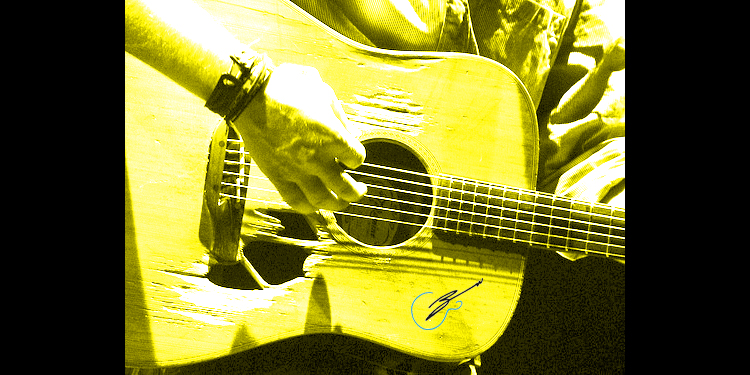
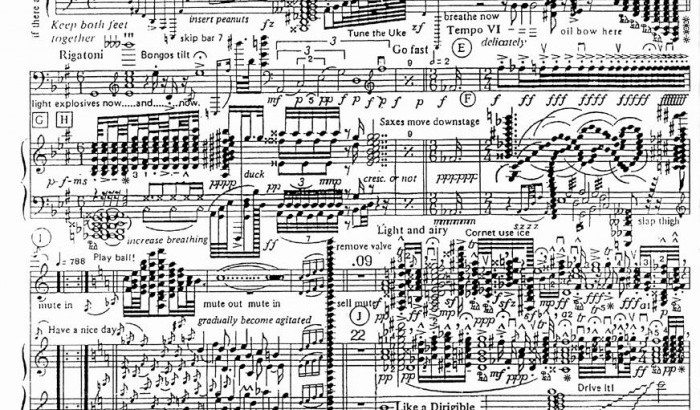


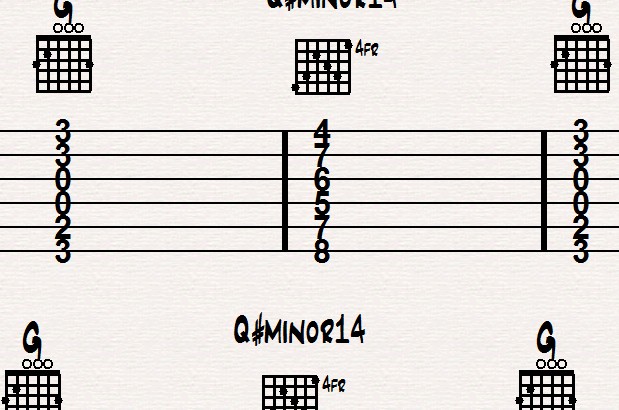

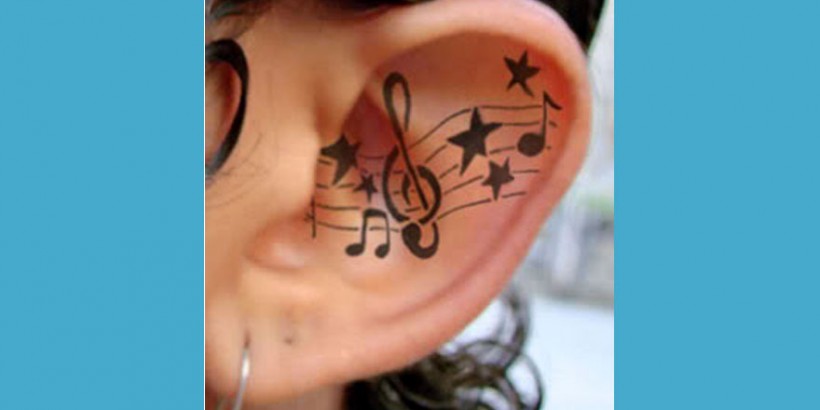
 It can be tricky. Try this:
It can be tricky. Try this: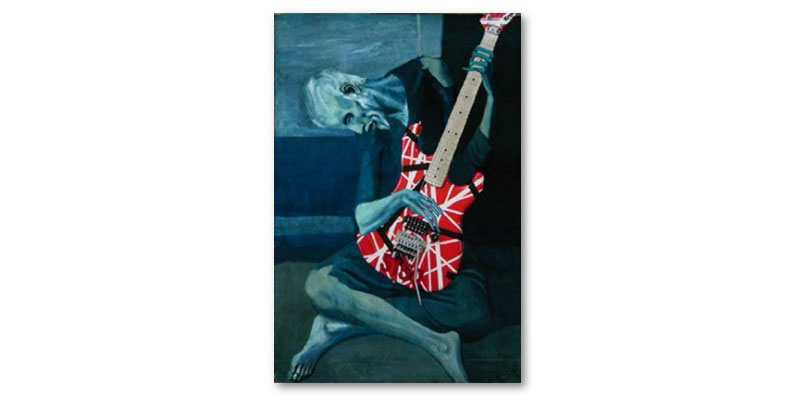

You must be logged in to post a comment.